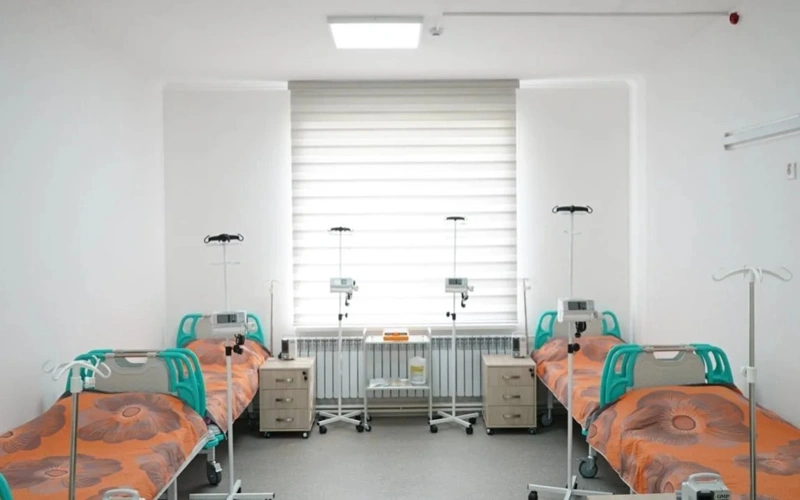Over 600 medical facilities built in Kazakhstan over past 3 years
Kazakhstan continues to raise the quality of medical care, expand healthcare infrastructure, strengthen human resource capacity, and advance the digitalization of its healthcare system, Kazinform News Agency reports quoting the Government’s press service.

Thanks to the measures taken mortality rates declined by 2.7%, infant death dropped by 20.2% as of October 1 compared to the same period of the previous year.
Above 600 medical facilities were built throughout Kazakhstan over the past three years. 633 healthcare facilities were commissioned, including the National Cancer Center and Emergency Medicine Center in Astana and the Infectious Diseases Center in Almaty.
Construction of the multi-field hospital in Ridder, Hematology Centre in Ust Kamenogorsk and emergency station will be completed by the yearend.
601 primary health care units were built as part of the Rural healthcare modernization national project. 54 more will be commissioned this year.
Capital investments in healthcare in January-October this year reached 214.8 billion tenge against the planned 241 billion.
One of the key directions is training and support of health workers. 10,500 doctors graduated this year from medical universities, of which 34% left for rural areas that is twice as many as in 2024.
The shortage of doctors across the country reduced by 19%, nurses by 13%.
To improve the quality of training in the healthcare sector, Kazakhstan has revised its educational programs, increased the number of core disciplines, and started introducing international standards.
A new dual-degree program between Karaganda Medical University and Kazan Federal University officially begun on September 1. 70 students were enrolled so far.
Talks are underway to open a branch of a Pakistani Medical University in Kazakhstan.
